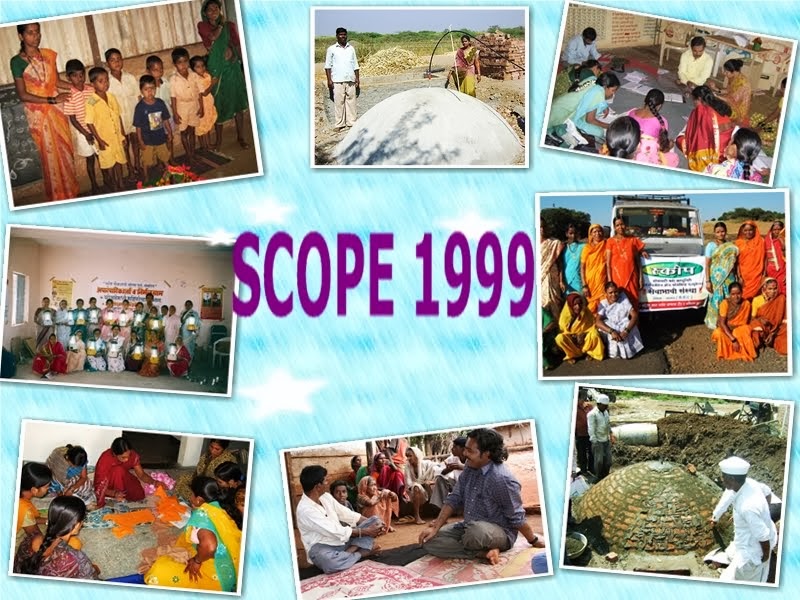Who are Bhils?
In Gujarat and Maharashtra, the Bhil are now mainly a community of settled farmers, with a significant minority who are landless agricultural labourers. A significant subsidiary occupation remains hunting and gathering. The Bhil are now largely Hindu, with
Nidhi and Tadvi Bhil following Islam, and few sub-groups in the Dangs following Christianity. They continue to worship tribal deities such as Mogra Deo and Sitla Matta.
The Bhil are classified as a scheduled Tribe in Andhra Pradesh, Chhattisgarh, Gujarat, Karnataka, Madhya Pradesh, Maharashtra, Rajasthan and Tripura under the Indian government's reservation program of positive discrimination.
Bhils are popularly known as the bow men of Rajasthan. They are the most widely distributed tribal groups in India. They forms the largest tribe of the whole South Asia. Bhils are mainly divided into two main groups the central or pure bills and eastern or Rajput Bhils. The central Bhils are found in the mountain regions in the Indian states of Madhya Pradesh, Maharashtra, Gujrat and Rajasthan. Bhils are also found in the north eastern parts of Tripura.
Ref. http://www.ecoindia.com/tribes/bhils.html
History :
Bhils belong to the race of the pre-Aryans. The name 'Bhil' is derived from the word villu or billu, which according to the Dravidian language is known as Bow. The name Bhil is also finds mentioned in the great epic called Mahabharata and Ramayana. The Bhil women offered ber to Lord Rama, when he was wandering through the jungles of Dhandaka, searching Sita. The popular legend represents them as being descended from Nishada, son of Mahadev by the human female. Nishad was brutal and ugly, who killed his fathers bull and as the consequence he was banished to mountains and forests. During the ancient era they were considered as the great warriors who fought against the Mughals, Marathas and the Britishers.
Bhils belong to the race of the pre-Aryans. The name 'Bhil' is derived from the word villu or billu, which according to the Dravidian language is known as Bow. The name Bhil is also finds mentioned in the great epic called Mahabharata and Ramayana. The Bhil women offered ber to Lord Rama, when he was wandering through the jungles of Dhandaka, searching Sita. The popular legend represents them as being descended from Nishada, son of Mahadev by the human female. Nishad was brutal and ugly, who killed his fathers bull and as the consequence he was banished to mountains and forests. During the ancient era they were considered as the great warriors who fought against the Mughals, Marathas and the Britishers.
Religion Etc:
Religion practice among the Bhils differ from place to place. Most of them worship local deities like Khandoba, Kanhoba, Bahiroba, and Sitalmata. Some of the worship Tiger God called 'vaghdev'. They have no temples of their own. They consult Badvas -the
hereditary sorcerers on all the occasions. Bhils are highly superstitious tribal people. They have Bhagat or Gurus who perform the religious rites. They have village headsmen, who deals with their disputes. They marry only in their own classes. Their close relationships are tightly based on mutual love and respect. They have rich cultural history and gives much importance to dance and music. Ghoomar is the most famous dance among the Bhils. Than Gair is the religious dance drama performed by the men in the month of Sharavana (July and August). The Bhils are talented in the sculptured work. They make beautiful horses, elephants, tigers, deities out of clay.
| These are Phase Pardhi women, child eating Bhakari. |
Ref. http://www.ecoindia.com/tribes/bhils.html
Present circumstancesIn Gujarat and Maharashtra, the Bhil are now mainly a community of settled farmers, with a significant minority who are landless agricultural labourers. A significant subsidiary occupation remains hunting and gathering. The Bhil are now largely Hindu, with
| The Present Houses are made of sarees, some wooden stalks. |
The Bhil are classified as a scheduled Tribe in Andhra Pradesh, Chhattisgarh, Gujarat, Karnataka, Madhya Pradesh, Maharashtra, Rajasthan and Tripura under the Indian government's reservation program of positive discrimination.
Ref. http://en.wikipedia.org/wiki/Bhil_people
What they Need:
| SCOPE NGO Founder-Director Mr Vishwas is in meeting with the Bhils & Phase Pardhis. |
Their basic needs are not fulfilled: Food, clothing, roof on their heads, education and medical care.
The SCOPE: The SCOPE NGO is trying its level best to reach them with whatever people can afford to help them with.







